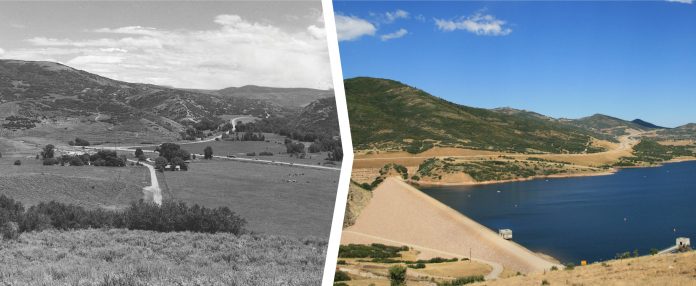
Two Towns Lie Beneath the Jordanelle Reservoir
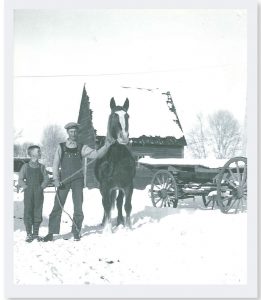
While Park City silver mining skyrocketed in the late 1800’s, two small communities were blooming in a high Wasatch mountain meadow a few miles to the east.
Later, an LDS Church branch, rentals for area miners, a lumber mill, an LDS welfare farm, a trout farm, power plant, and scattered ranches and dairy farms comprised this community at the junction of former Highways 40 and 189. A landmark for many years, painted Flag Rock is still faintly visible near Francis, according to Larry Morris who grew up on his father’s ranch near Hailstone.
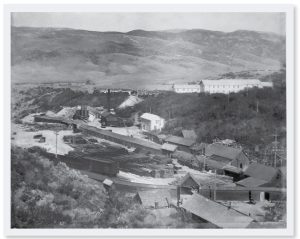 Pioneers Settle in Keetley
Pioneers Settle in Keetley
The pursuit of mining riches in 1875 led to the town of Keetley’s birth three miles east of Park City. Ranchers and farmers began moving to Heber Valley’s lush grasslands.
In 1898, the completion of the Ontario Drain tunnel solved Keetley’s mine seepage problems. The tunnel’s engineer, Jack Keetley, was also a local Pony Express hero who once carried mail 340 miles in 31 hours. The town’s name commemorated this talented fellow. (Today, water from the drain tunnel goes through a filtration process and empties into the reservoir near Jordanelle State Park.)
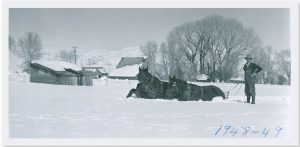
George Fisher, an early Keetley pioneer, built a ranch, constructed miner housing, and held the mayor’s post for many years. He leased his land to Japanese-Americans hoping to escape internment during WWII. Th e industrious newcomers gained respect by clearing fields of rocks and sagebrush to create a Victory Garden, resulting in abundant produce for the war eff ort and for local consumers.
A two-story brick school, post office, combination store/gas station, apartment building, extension spur of the Union Pacific Railroad, motel, and various homesteads completed Keetley.
Two Pioneer Towns Submerge in the Jordanelle
Seventy-two people called Hailstone and Keetley home when plans for Jordanelle Reservoir (named for the Jordan family who homesteaded and opened a resort near the proposed dam) threatened their towns’ existence. Water was a necessity, and the area looked like a feasible site to store the precious resource.
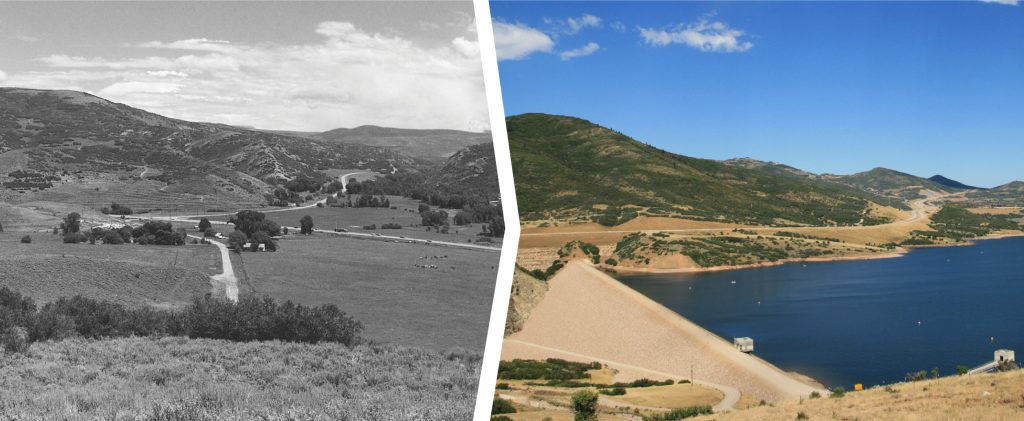
 In 1976, the Keetley Railroad Depot was laboriously moved to Park City and reconfigured as the Senior Center, saving it from a watery grave.
In 1976, the Keetley Railroad Depot was laboriously moved to Park City and reconfigured as the Senior Center, saving it from a watery grave.
After years of studies and strong opinions on both sides, the dam was completed on the Provo River in 1992. Families were relocated, and the buildings of two pioneer towns, ranches, and farms were slowly submerged.
Perhaps someday if the water level is low enough, these ghost towns will emerge for one last gasp in what was a beautiful meadow ringed by mountains.
By Ani Robertson
















